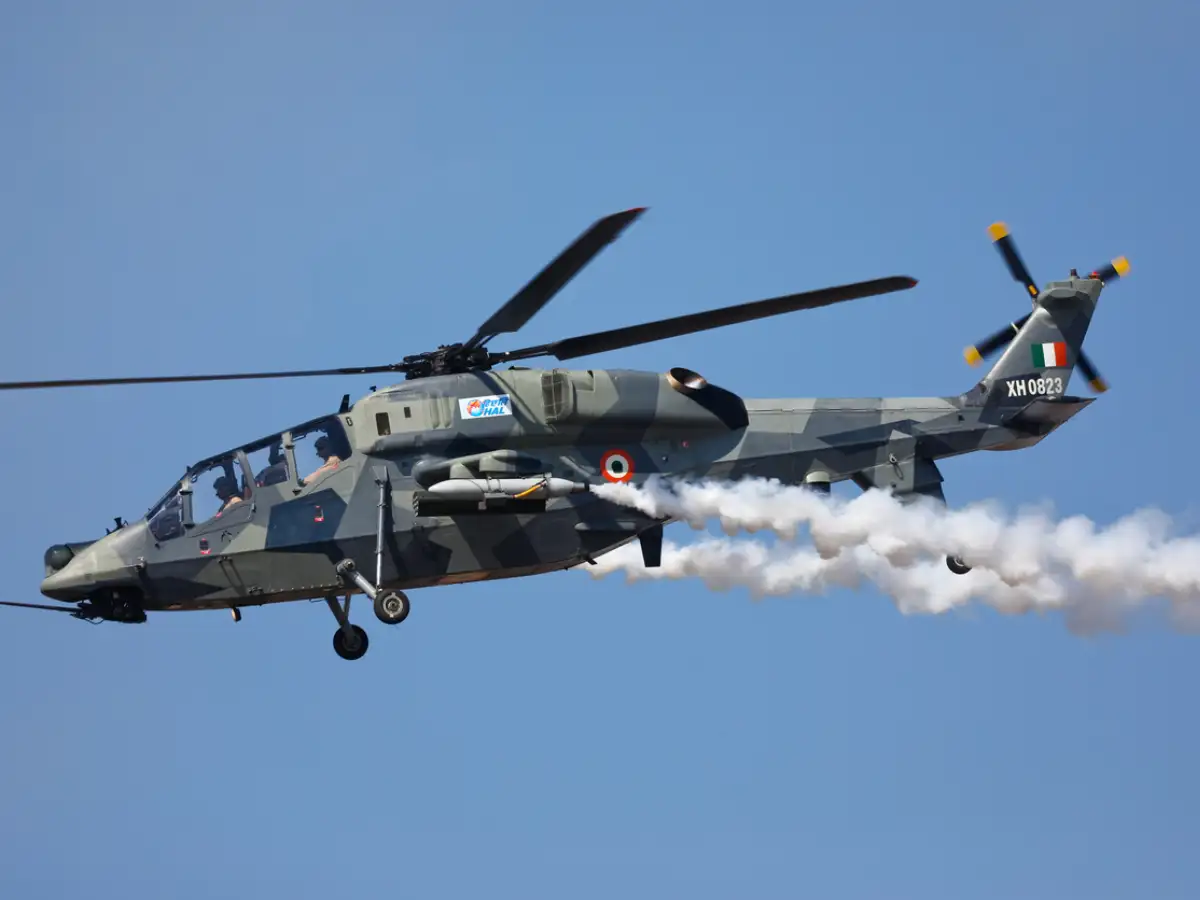The Indian Light Combat Helicopter (LCH) Prachand is set to receive a fully indigenous electronic warfare (EW) suite developed by the Defence Research and Development Organisation (DRDO), replacing the currently used Saab Integrated Defensive Aids Suite (IDAS). This upgrade represents a key stride in India’s ongoing efforts to indigenize its defense capabilities and reduce dependency on foreign military technology.
Earlier versions of the LCH have been operating with Saab’s South African-origin IDAS, which offers threat detection against radar, missiles, and lasers, along with automatic countermeasure deployment. While effective, the reliance on imported systems has posed strategic limitations, particularly in sensitive and high-threat deployments. The new DRDO-developed EW suite is designed to address these issues with advanced, homegrown solutions tailored to Indian military requirements.
The indigenous suite will include radar warning receivers, laser warning systems, missile approach warning components, and countermeasure dispensing units—all integrated into the LCH’s avionics. These systems aim to offer robust protection against threats such as radar-guided missiles and infrared-guided weapons, including man-portable air defense systems (MANPADS).
In addition to the EW upgrade, the LCH will also be fitted with a Directed Infrared Countermeasure (DIRCM) system, currently under development in India. DIRCM uses laser-based technology to deflect incoming heat-seeking missiles, further enhancing the aircraft’s survivability. The production of approximately 180 DIRCM units is planned for 2026–2027, with Bharat Electronics Limited (BEL) leading the domestic solution.
This technological shift is not only about enhancing survivability but also ensuring that the LCH remains operationally effective in high-altitude conflict zones, such as India’s northern borders, where it has already been deployed. With India’s armed forces set to operate a fleet of 156 LCH Prachand helicopters, the inclusion of a native EW suite provides long-term strategic and logistical benefits.
The decision aligns with the government’s Atmanirbhar Bharat initiative, encouraging indigenous defense production and reducing import dependency. The DRDO’s customized approach ensures that the system will meet specific operational needs, particularly in the context of mountain warfare and network-centric operations.
As the DRDO advances integration and testing, the LCH’s capabilities are poised to reach a new level, combining indigenous electronic protection with advanced combat agility. This marks an important evolution in India’s journey toward technological autonomy in modern warfare.













